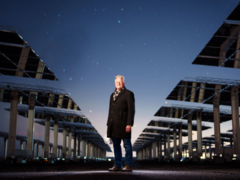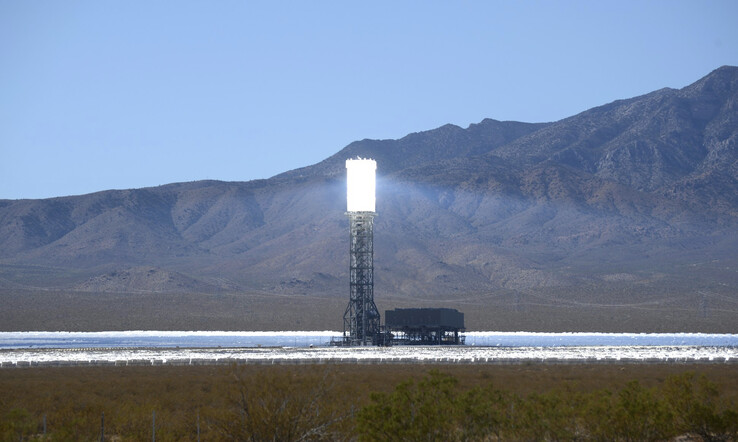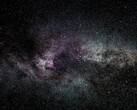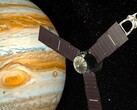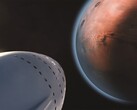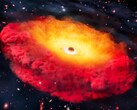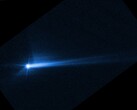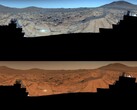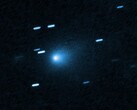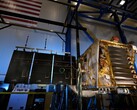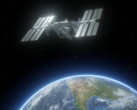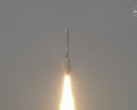A researcher from Sandia National Laboratories is exploring a somewhat unconventional use for heliostat fields (arrays of mirrors typically used for solar thermal power) by repurposing them at night to detect near-Earth asteroids and lost cislunar spacecraft. Dr. John V. Sandusky presented the idea at the 2024 Optical Engineering + Applications conference.
Instead of traditional imaging, Sandusky’s method tracks frequency shifts in reflected starlight. As heliostats follow star paths, any object moving relative to the stars - like an asteroid - produces a measurable shift. "Even frequency changes as small as one-one-millionth of a cycle per second are measurable," he said.
In a test at the National Solar Thermal Test Facility, Sandusky used one of 212 heliostats to reflect starlight and proved it could move with the required amount of precision. While it didn’t detect an asteroid, the primary goal was to validate the control system and methodology.
Essentially, the proposal could give unused heliostat arrays a scientific "night job," especially to support existing systems like NASA’s Atlas (a collection of telescopes for detecting near-Earth asteroids). Sandusky believes the same method could help track spacecraft in the difficult-to-monitor space between Earth and the Moon.
Heliostats are pretty inexpensive compared to telescopes and already built at scale, which makes them solid assets for round-the-clock sky scanning. "Solar thermal mirrors just sit there at night," Sandusky added. "We might as well use them."




